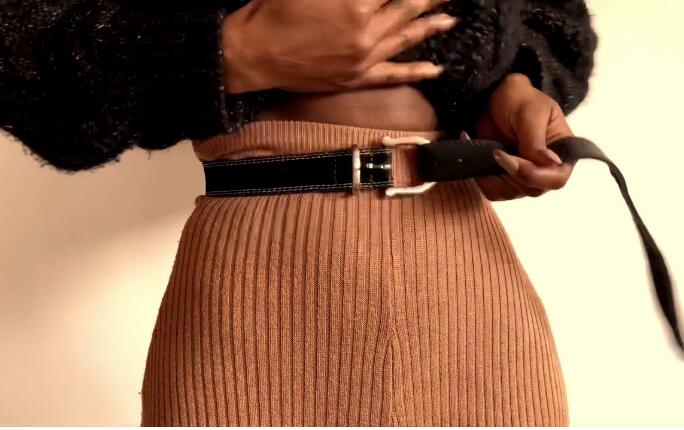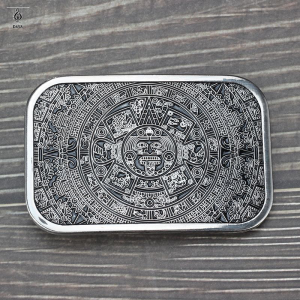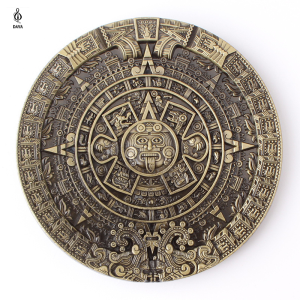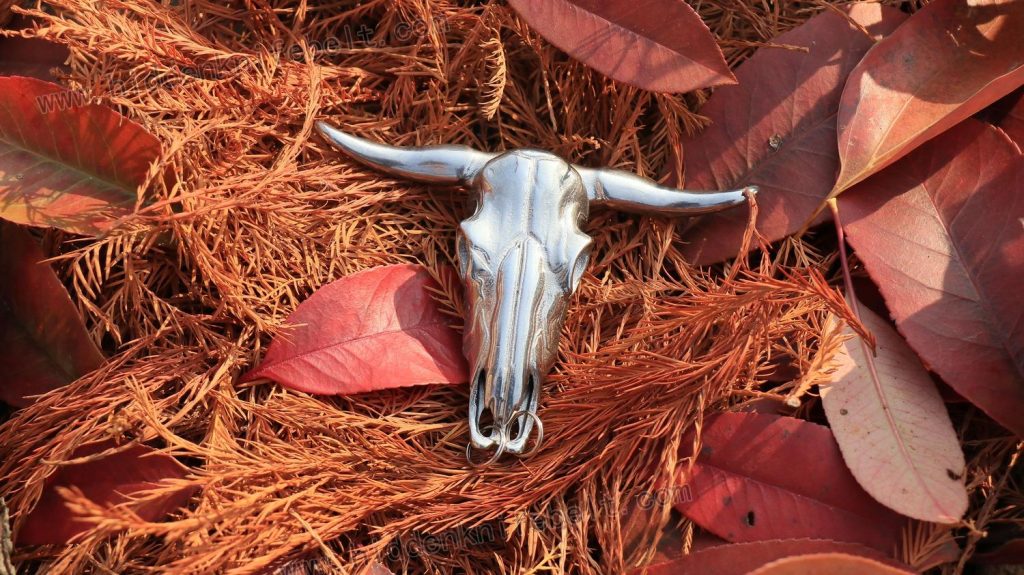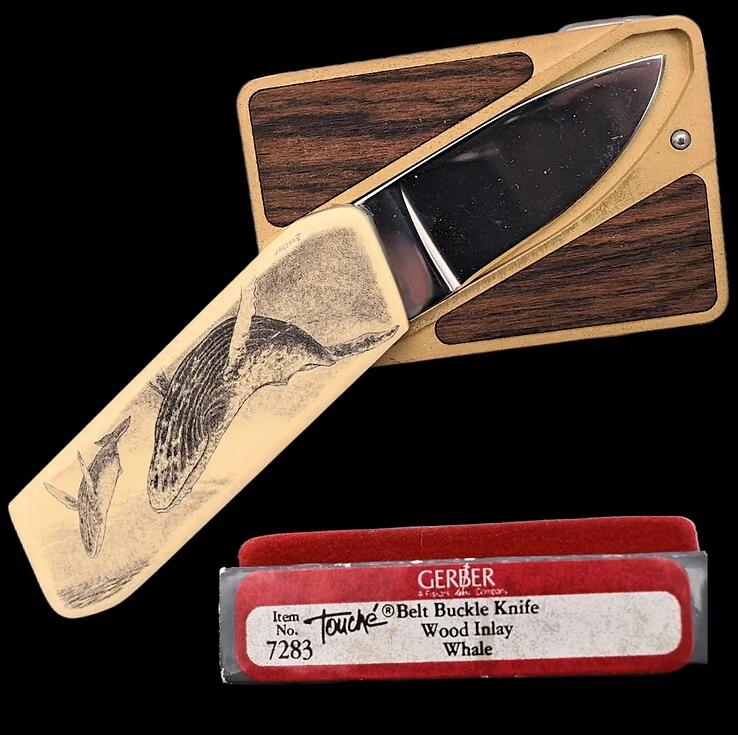Table of Contents
What is the Purpose of Belt Loops?
This is a highly fascinating detail in the history and design of fashion, which has become a basic and purely functional purpose of the belt loop. Their main task was that of holding the trousers and ensuring the waist clothing is well-fitting. Basically, that has remained the same role since their invention. However, with a continued change of fashion, the roles of the belt loops are also changing. They are being brought in to join the belt as a style statement in the form of accessorizing and adding an element of individuality to a piece of outfit—rather than it being only a functional piece.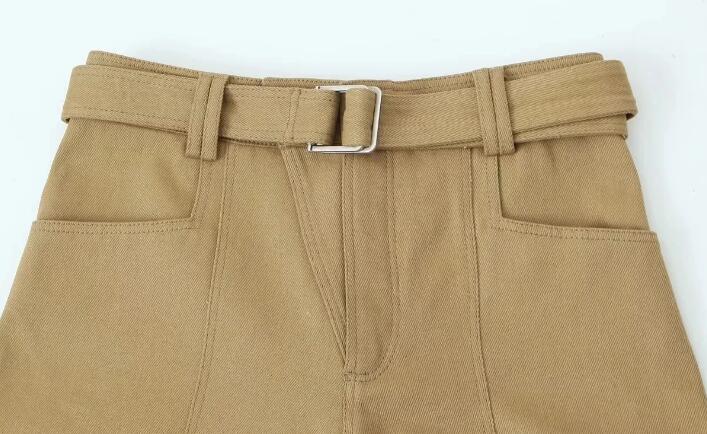
In the early days, belt loops were not as common as one might think.
Before the invention of this device, both men and women made use of suspenders, or “braces,” to hold the trousers. This just had a single disadvantage: it was uncomfortable and not as personalized as a belt. Allowing the wearer the choice to wear belts or to leave them made enough to bring pants into a totally new era, where style-conscious fans around the world will be able to enjoy their purchase.
When did Belt Loops Become Popular?
My journey through time within the fashion history annals only goes to reveal that the belts were actually a relic of wide use since the dawning of the 20th century.
This period marked a significant shift in clothing design and functionality, reflecting broader societal changes. The last decade of the 19th century and the first of the 20th were times of change and innovation in all fields, either related to fashion or to social structures. As the world moved towards a more industrialized society, the need for practical and adaptable clothing grew.
When did They Start Putting Belt Loops on Men’s Pants?
The integration of belt loops into men’s pants is a fascinating chapter in the history of fashion.
It is widely acknowledged that belt loops began appearing on men’s trousers around the early 20th century.
This innovation coincided with a shift towards more casual styles of dress and the declining popularity of suspenders.
This very period can be traced back into the 1910s and 1920s when manufacturers, for the first time, began to include belt loops as a standard feature of trousers.
This method of wearing a belt is all about creativity and personal style.
It does open up all kinds of doors for different widths, materials, and designs of a belt that can really draw the eye to the waist and add an interesting detail to an outfit.
So, whether it is that breezy look of a chunky belt over a breezy dress or getting more formal with a thin, chic belt wrapped around a blazer, lack of belt loops should never, ever pose as a deterrent from what you have in mind. 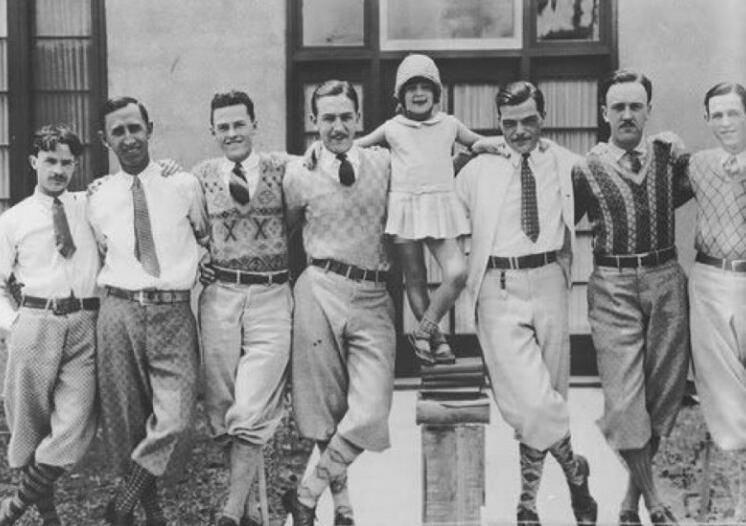 This time brought with it a lot of relaxation from the more formal sense of dressing in the past. As work and social establishments changed, so did the requirement of flexible and comfortable wear. Belt loops provide an aspect of practicality in such a way that they give the ability to have a better fit with security involved but also serve as an aesthetic piece that matches with the whole outfit, bringing some sort of a fashion statement. This fashion quickly entered the fashion, and by the middle of the last century, loops became an indispensable part of the belt male firmly lodged in the wardrobe of the modern man.
This time brought with it a lot of relaxation from the more formal sense of dressing in the past. As work and social establishments changed, so did the requirement of flexible and comfortable wear. Belt loops provide an aspect of practicality in such a way that they give the ability to have a better fit with security involved but also serve as an aesthetic piece that matches with the whole outfit, bringing some sort of a fashion statement. This fashion quickly entered the fashion, and by the middle of the last century, loops became an indispensable part of the belt male firmly lodged in the wardrobe of the modern man.
Can I Wear Belt Without Belt Loops?
As I try on this idea of style, a question keeps posing to me every now and then: “Can one wear a belt without belt loops?
Well, it’s possible to wear a belt without loops, but even more than that, it’s possible to do this with some style and maybe add some pizzazz to the outfit. This approach is very useful when cinching in a waist of a dress or a loose top to give a more defined silhouette. FAQs About Belt Loops
-
Rectangular Aztec Calendar Belt Buckle,Aztec Mayan Indian Calendar Belt Buckle for Man
vintage belt buckle $25.00 -
Aztec Calendar Round Belt Buckle,Aztec Mayan Indian Calendar Vintage Aztec Calendar
vintage belt buckle $25.00

